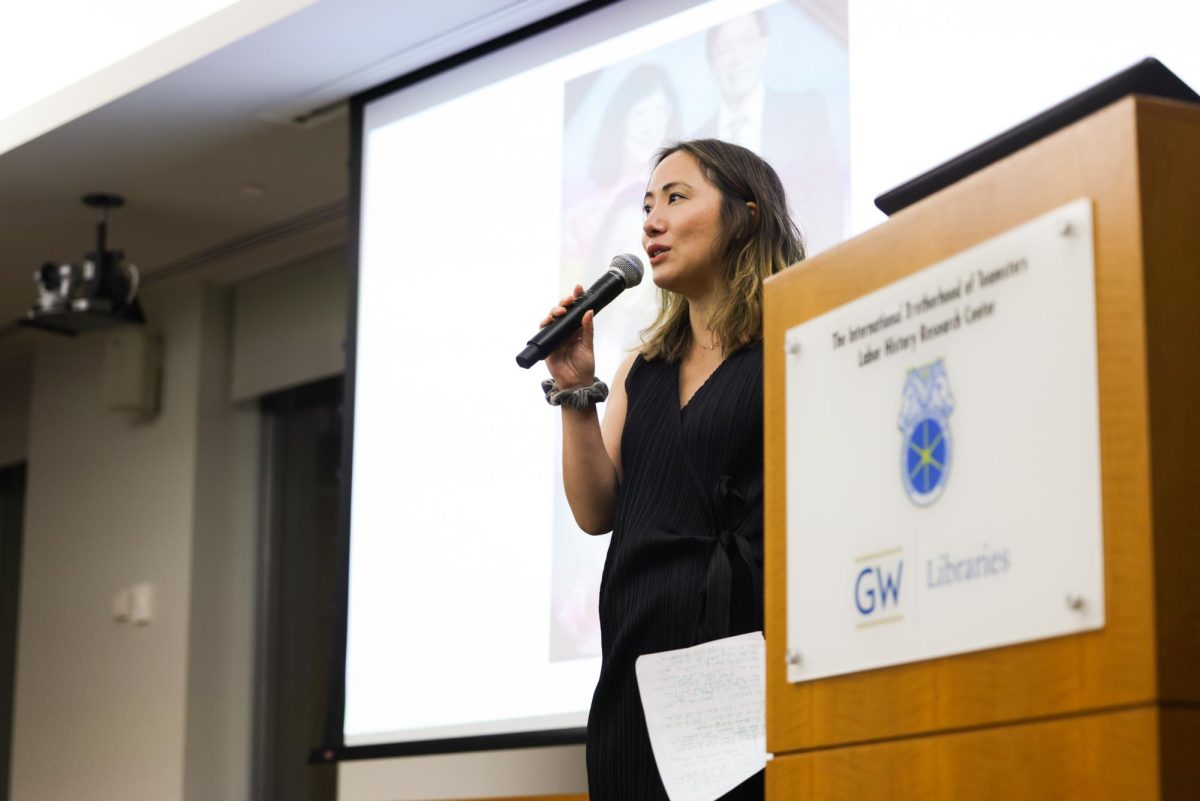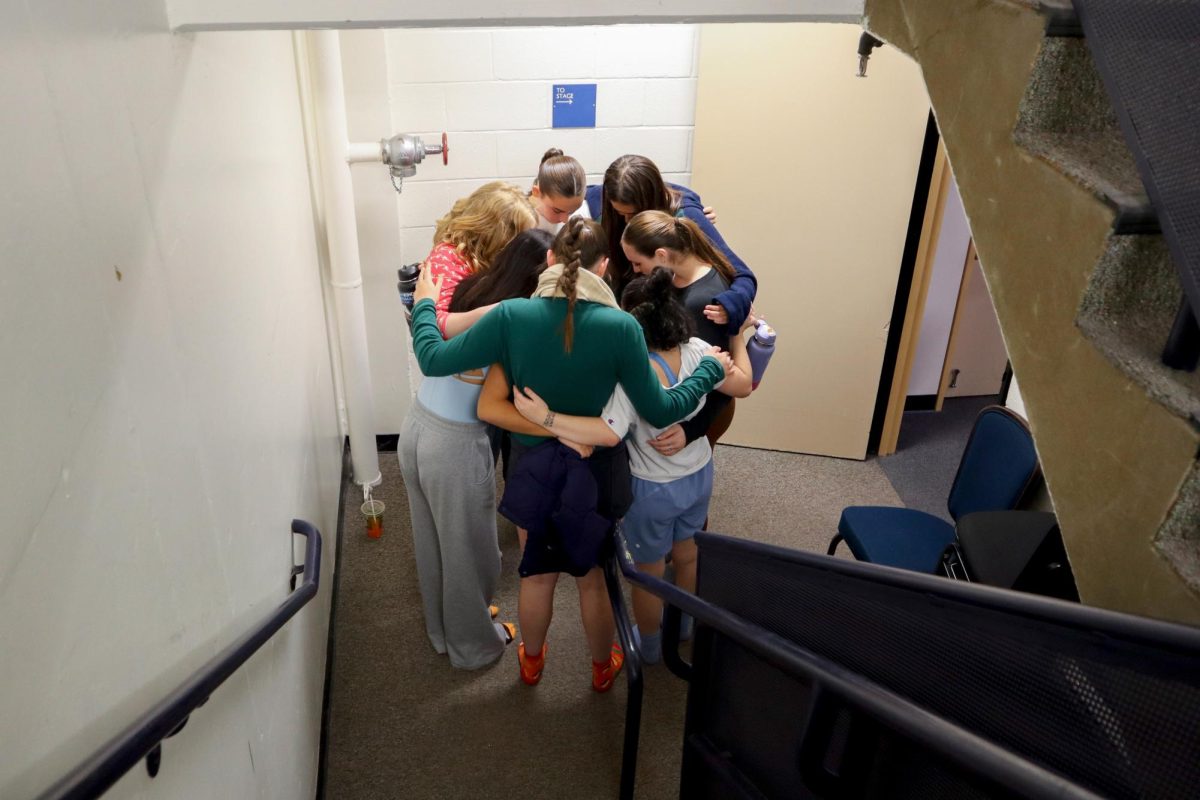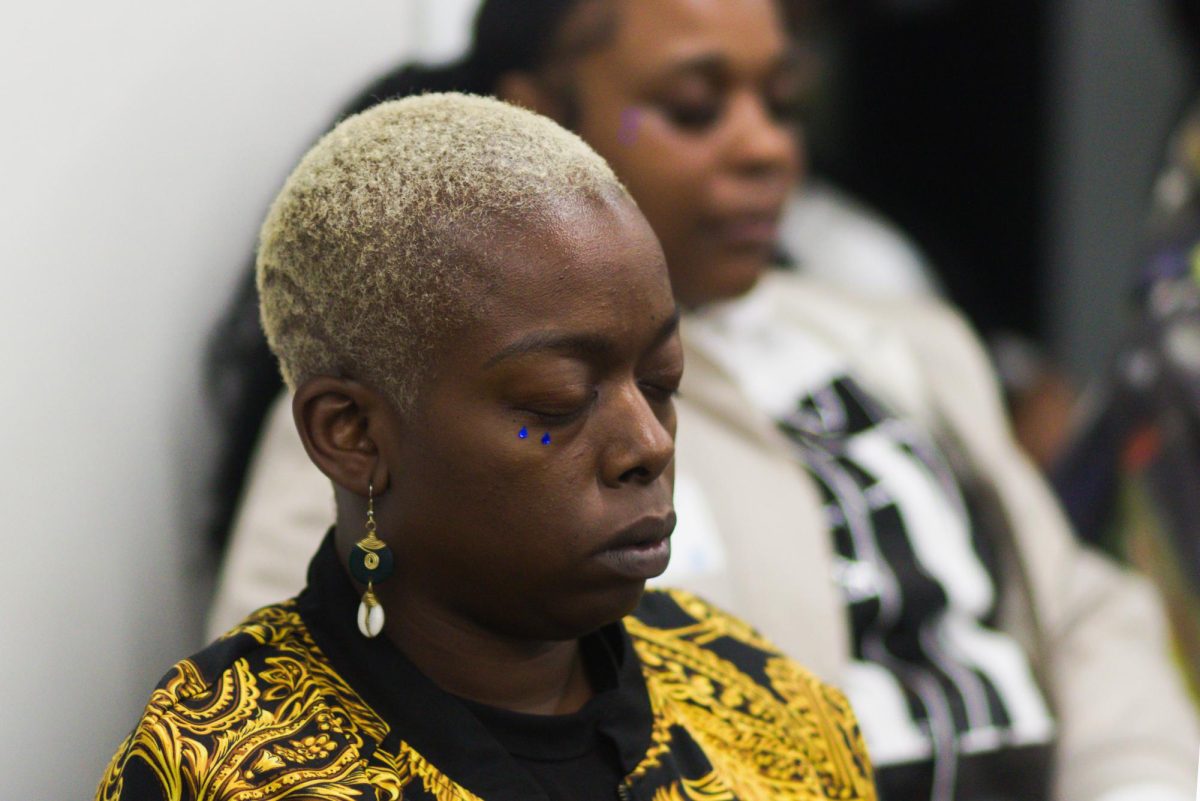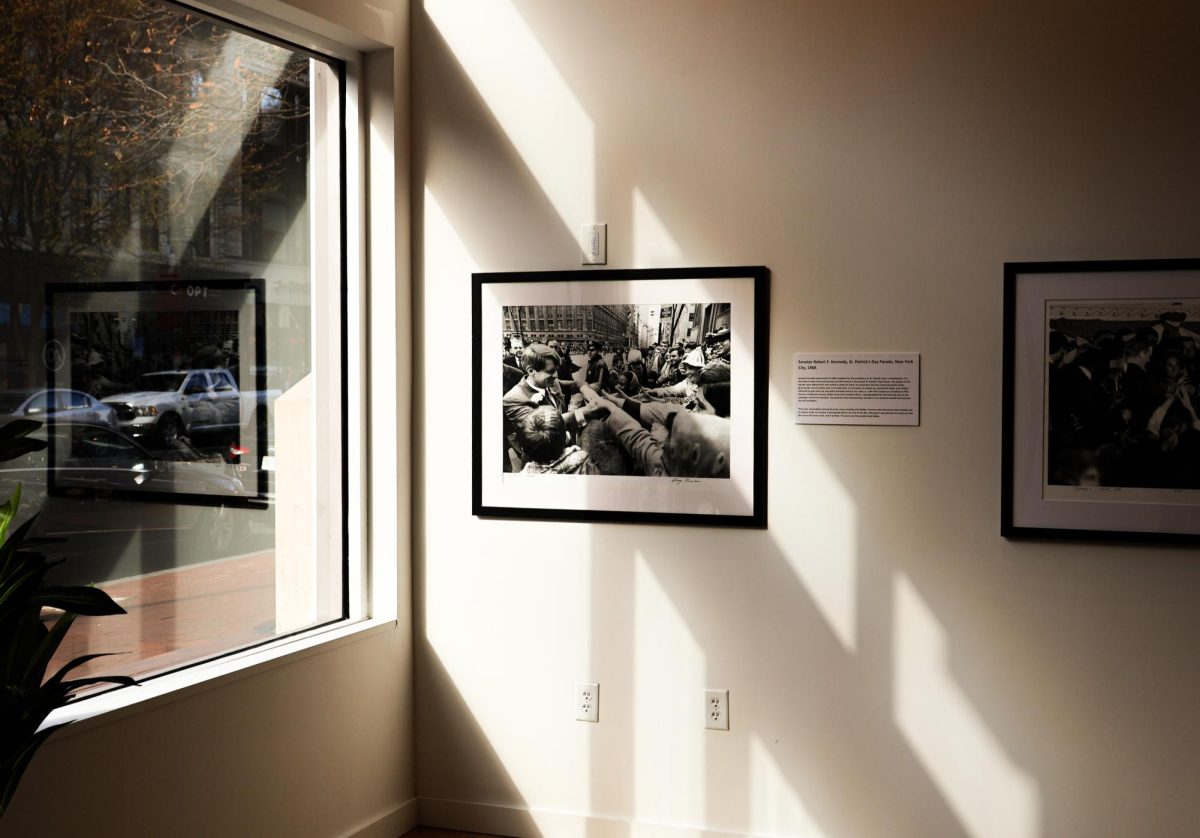Most students might not be able to physically live at GW this semester, but there’s a way to visit campus from home.
Junior Justin Diamond, sophomore Ian Ching and at least 60 other students are using Minecraft to recreate campus online. Diamond said students can currently explore the inside of buildings like Gelman Library, Thurston Hall and University Yard, and dozens of students are constructing the remaining 15 percent of campus, which will include the GW Hospital.
“It’s a beacon of hope for the GW community in a trying time,” Diamond said. “We’re bringing the campus to the people.”
The two Minecraft engineers said the server has acted as a social hub for students, especially freshmen, currently unable to experience campus life. Diamond said he is working with GW to upgrade the Minecraft server so up to 200 people can use the site at once, and students were able to tune into the account earlier this month to participate in an online version of the Student Organization Fair.
The task has taken hundreds of hours from April to August among all the contributors to complete, the two said. Ching said after studying maps, satellite images and building plans of campus, he and Diamond decided to use a one-meter-to-one-block ratio and slowly build campus streets block by block.
Ching added that he watched 360-degree YouTube videos of people walking inside buildings like the Marvin Center and Gelman Library so the team could accurately reconstruct small details down to posters on the walls.
“We could basically see the entire inside of the building, which was very, very helpful,” Ching said.
Ching said there are no extensive limitations on who can build what in the server, and there has not yet been a user who has made an effort to “mess anything up.”
“We have a very libertarian view of who can build and who can’t,” he said.
Along with the campus they created on the Minecraft server, Diamond and Ching were given the idea by a freshman to recreate a virtual Student Organization Fair online. Diamond posted on Overheard at GW last month advertising for leaders of student organizations to enter their organization’s name, a short description and a contact for a student leader.
Diamond and other organizers of the Minecraft Student Org Fair scheduled their event for Sept. 4, the day before the GW-sponsored virtual fair.
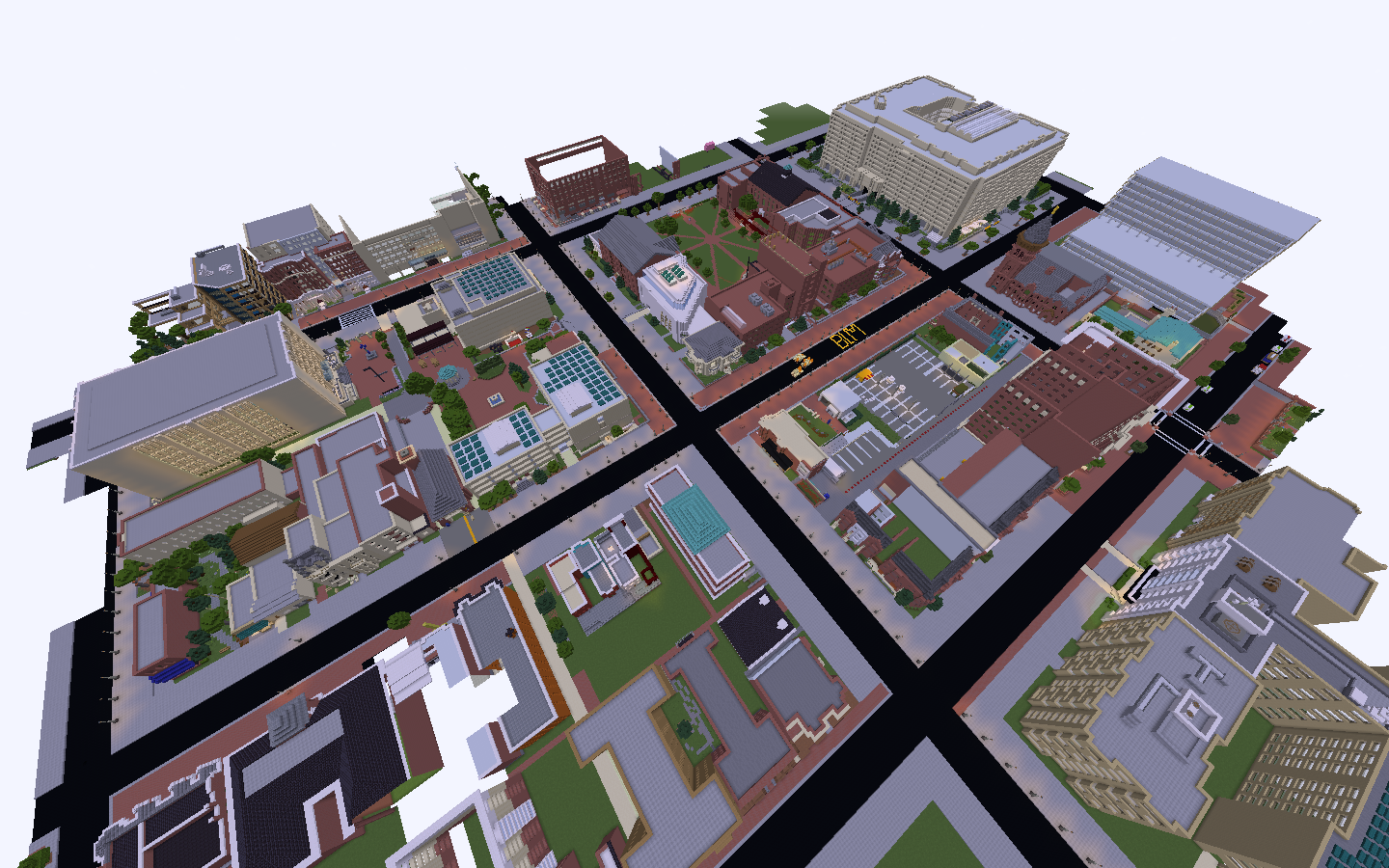
Courtesy of Ian Cyrus Ching
He said shortly before this Minecraft event, he realized that the $20 server he and Ching had been sponsoring thus far would not support the number of students using the server at once. Diamond reached out to administrators at the Division for Student Affairs, who agreed to sponsor the cost of an upgraded server, about $75 per month.
“Right before the org fair event, we knew we were going to have probably up to a hundred people on the server at one time,” he said. “I told them that we would like to upgrade the server so that it can host up to a few hundred people at once, and they agreed to pay for it for the rest of the semester to give it server upgrades.”
As an extension of the fair, Diamond said he interviewed student organization leaders on a livestream platform for gamers called Twitch. Knowing that many students might not actually play Minecraft, Diamond said he also created a Discord page for the server – an online gaming forum where players can talk with one another and strategize further digital construction.
In addition to finishing the interiors of some residence halls, Ching and Diamond said the last big structure remaining to build is the GW Hospital. Students interested in helping out with the last stages can follow the progress on the server’s Discord page, Diamond said.
The Minecraft world also includes several “Easter eggs” on the virtual campus, including an avatar of Michael Brown, a professor in the Elliott School of International Affairs, wearing his signature orange tie, the “exact same poster” as in the admissions office and a hidden shrine dedicated to University President Thomas LeBlanc, Diamond said.
The team said the most rewarding aspect of this project has been experiencing the camaraderie from student builders who dedicated hours to complete the project.
“There’s no reward for spending 40 hours building the Elliott School or Gelman digitally, but people do it anyway,” Diamond said. “And now it’s open to the world for people to go on and enjoy and host their events on the server.”




